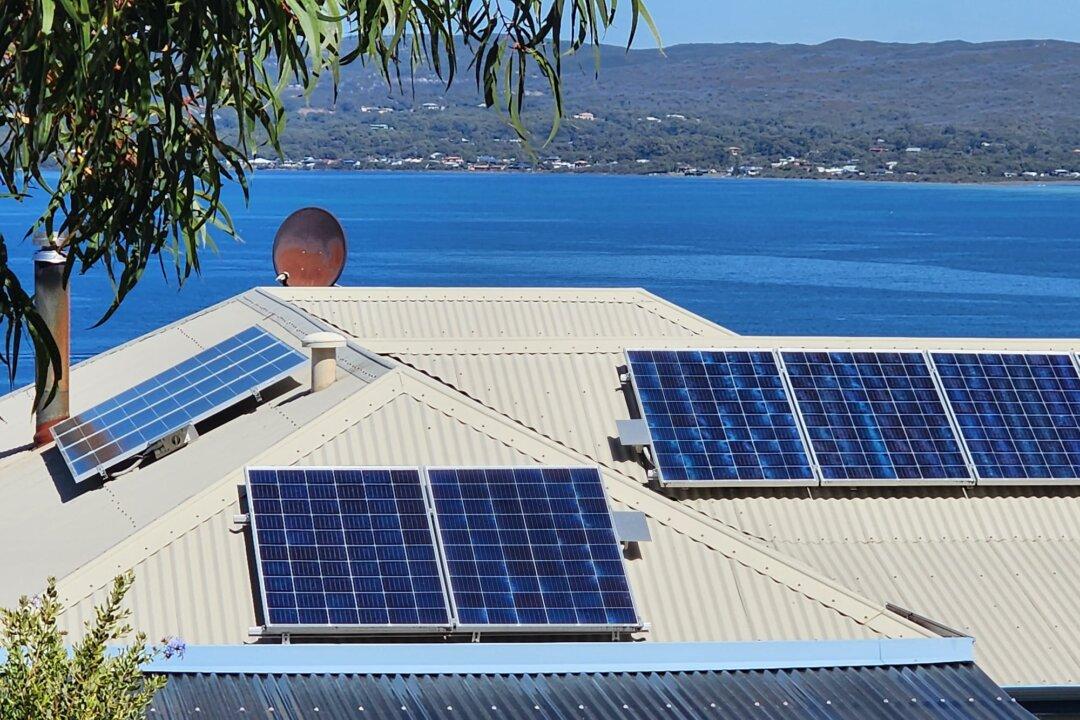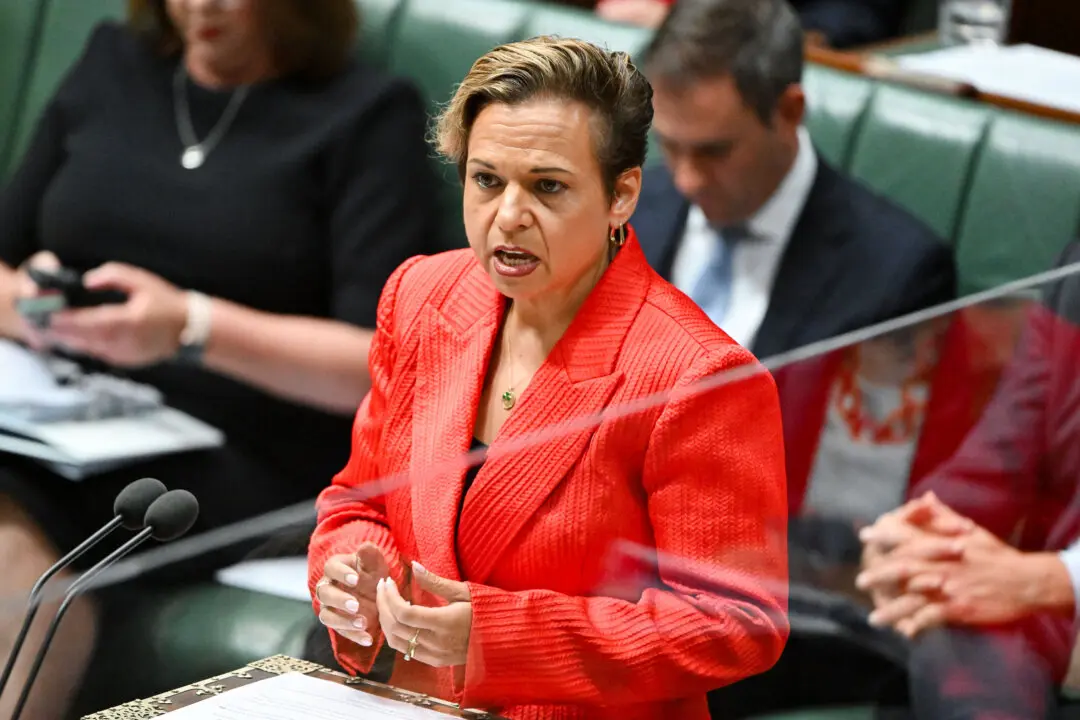Power flowing between smarter homes, cars, and businesses under a new national plan could slash bills and reduce the need for network upgrades or new power plants.
Controlling two-way power flows from rooftop solar and battery systems and the nation’s growing fleet of electric vehicles is at the heart of a consumer-owned energy road map agreed to by energy and climate change ministers on July 19.





